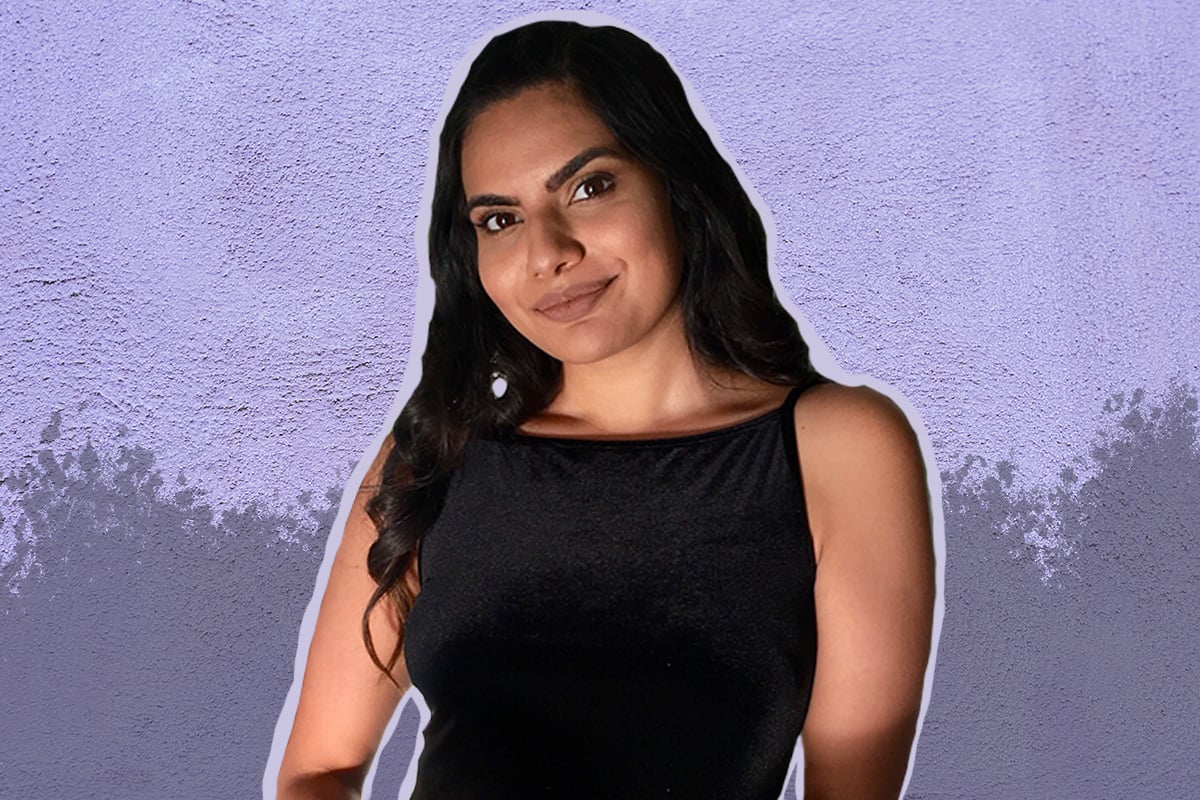
The first time Emily Vernem felt like she didn’t really like her skin she was just three years old.
She was in the playground and a group of kids walked up and asked her where she was from.
“I said Australia because I was born here, and they told me I was lying,” Emily told The Quicky.
“They told me I couldn’t be, because I was brown,” she said.
Listen to Emily on The Quicky’s chat about ‘blackfishing.’ Post continues after podcast.
The now 23-year-old Mamamia social media assistant is one of the most confident, witty, and wickedly funny people you’ll have the pleasure to meet.
She loves the skin she’s in.




Top Comments
Yes I did the same. As a Pacific Islander I straightened my hair, bleached my skin, used whitening creams etc.